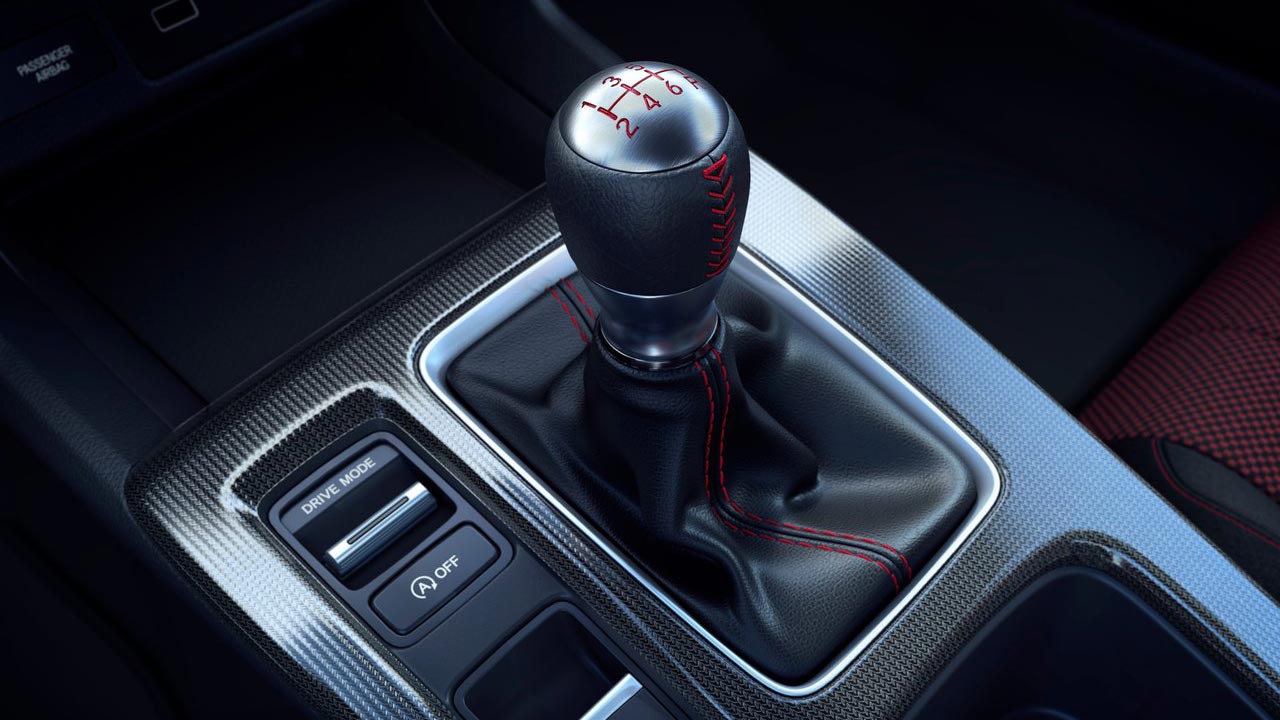Sales of manual transmission vehicles have experienced a modest increase in recent years. In 2023 they accounted for 1.7 percent of all new car sales, up from less than one percent in 2021. While not a booming renaissance, the resurgence highlights a shift in consumer behavior.
According to J.D. Power, manual transmission car sales reached a low of 0.9 percent in 2021 before rebounding in 2022 and again in 2023. CarMax, the largest used car chain in the US, reports a similar increase. After a low of 2.4 percent in 2020, manual-equipped car sales increased to 2.8% in 2021 and 2.9% in 2022. Interestingly, the traditional justification of buying a manual for cost savings is no longer the primary motivation.
Ivan Drury, Insights Director at Edmunds.com, says that nostalgia and the desire for a throwback experience contribute to the comeback. Drury, who has a Mazda MX-5 with a manual transmission, emphasizes that learning to drive a manual enhances the driving experience and gives people a sense of control over their vehicle.
Apart from how it feels behind the wheel, there are various reasons why people choose manual transmissions. Mark Collier, Regional Vice President and General Manager at CarMax, points out that some parents see manual transmissions as a method to avoid texting while driving, since they necessitate the use of both hands.
The most popular manual-transmission cars tend to be sporty models. The Honda Civic is the best seller, followed by the Ford Mustang, Subaru WRX, and Jeep Wrangler. Volkswagen dealerships such as Street VW in Amarillo, Texas, sell manual-equipped VW Jetta and Golf Rs within a day or two due to high demand.
Source: WardsAuto

